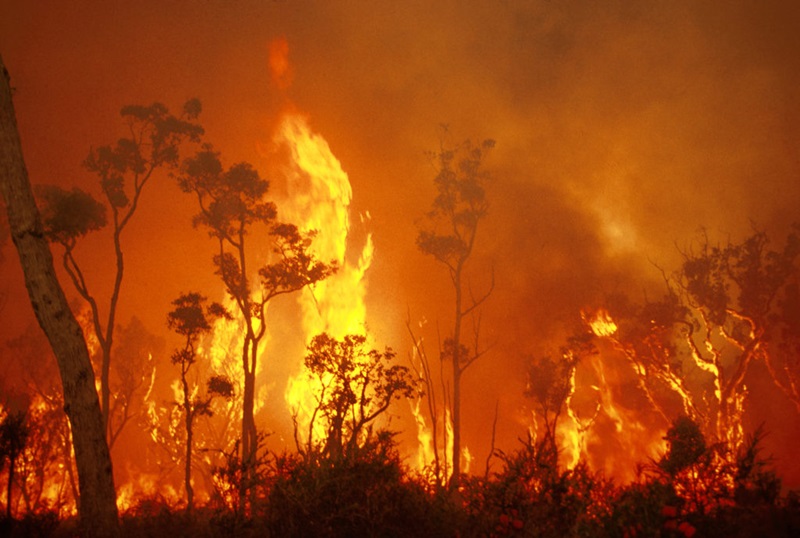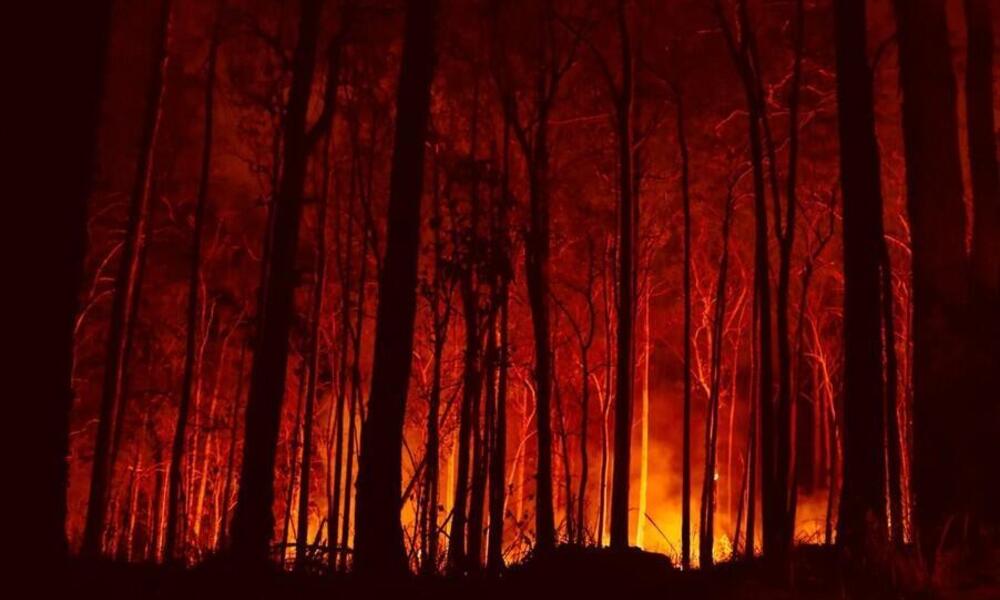Planning for Safety: Creating an Efficient Bushfire Management Plan
Wiki Article
The Relevance of Bushfire Monitoring in Fire Security
In the realm of fire protection, the importance of effective bushfire management can not be downplayed. As neighborhoods around the world grapple with increasing circumstances of wildfires, the aggressive strategy to avoid and reducing these all-natural calamities with critical bushfire management approaches has actually become an important element. Past the immediate danger to human life and property, the interplay in between bushfire management and environmental preservation, community participation, and climate adjustment positions complicated challenges that need extensive remedies.Value of Proactive Bushfire Avoidance
Aggressive bushfire prevention approaches are necessary in reducing the ruining impacts of wildfires on areas and environments. By taking preventative steps before a bushfire takes place, the dangers related to these natural catastrophes can be dramatically decreased. One key element of proactive bushfire prevention is gas management. This entails reducing the quantity of combustible material, such as dead greenery and dry fallen leaves, that can work as fuel for fires. Fuel administration strategies consist of recommended burns, where regulated fires are intentionally lit to decrease the build-up of combustible material.In addition, creating firebreaks - cleared areas where vegetation is tactically eliminated to produce an obstacle to quit the development or slow down of a bushfire - is an additional critical positive action. By applying these strategies, the spread of wildfires can be limited, securing both human lives and the environment. Furthermore, educating the public on fire safety techniques and advertising area awareness about the importance of bushfire avoidance are crucial parts of positive methods. Inevitably, proactive bushfire prevention plays a considerable role in securing areas and ecological communities from the devastating effects of wildfires.
Function of Area Interaction in Fire Defense
Engaging the area in fire defense efforts is important to enhancing the performance of proactive bushfire prevention strategies. Neighborhood engagement plays a critical function in cultivating a cumulative understanding of the dangers positioned by bushfires and the relevance of preparedness actions. By including neighborhood residents, authorities can distribute essential information ablaze security methods, emptying procedures, and early caution systems, equipping people to take proactive steps to secure their residential properties and lives.By fostering a culture of readiness and collaboration, neighborhoods can enhance their capacity to react efficiently to bushfire emergency situations, lessening the effect on residential properties and lives. Eventually, area interaction is a keystone of extensive fire security strategies, emphasizing the relevance of cumulative activity in protecting susceptible areas from the risk of bushfires.
Relevance of Wildlife Conservation in Bushfire Administration
Conservation of wildlife plays an essential role in efficient bushfire management methods, making sure the protection of varied ecological communities and biodiversity in fire-prone regions. Wild animals preservation is crucial as it contributes to the overall strength of communities, assisting in their ability to hold up against and recover from the impact of bushfires. By saving environments and protecting different types, the natural balance within these environments is kept, which is vital for their lasting health and wellness and sustainability.Additionally, wild animals conservation additionally helps in minimizing the danger and strength of bushfires. Healthy communities with unspoiled wild animals populaces can work as all-natural firebreaks, reducing the spread of fires and restricting their damaging capacity (BAL Assessment). Particular pet varieties, like burrowing animals or birds that spread seeds, play unique functions in assisting or protecting against fires in the post-fire regrowth of habitats
Integrating wild animals conservation right into bushfire administration methods is not only vital for securing biodiversity however likewise for promoting the general health and strength of environments in the face of increasing fire hazards.
Benefits of Strategic Fuel Decrease Programs
Purposefully executing fuel reduction programs is important in mitigating the risk and influence of bushfires in fire-prone regions. These programs involve regulated burning, mechanical clearing up, and various other methods to lower the amount of combustible vegetation readily available to sustain wildfires. By tactically reducing fuel loads in vital locations, such as close to household communities or crucial infrastructure, the intensity and spread of bushfires can be significantly reduced.Among the main benefits of fuel decrease programs is the enhancement of general fire resilience in an ecosystem. By developing critical fuel breaks and reducing the continuity of vegetation, these programs assist to disrupt the path of a bushfire, making it easier for firemans to extinguish the blaze and consist of. Additionally, fuel decrease programs can secure biodiversity by protecting against excessively intense fires that can ruin environments and threaten wild animals populaces.
Furthermore, these programs can likewise protect Bushfire Risk human lives and home by decreasing the threat of catastrophic fires that present a considerable danger to communities. Ultimately, critical gas reduction programs play a vital duty in aggressive bushfire administration and promoting a much safer setting for both individuals and nature.
Effect of Environment Change on Bushfire Danger

Higher temperatures lead to drier plants, making it a lot more susceptible to ignition. Decreased rains in specific areas extends drought conditions, even more raising the flammability of the landscape. Furthermore, the altering environment has changed wind patterns and climatic problems, causing even more irregular fire actions and rapid fire spread.
As the environment remains to transform, the regularity and strength of bushfires are expected to climb, demanding a flexible and proactive approach to bushfire monitoring. Techniques must advance to account for the changing risk landscape, integrating climate estimates and considering lasting durability in fire administration planning. Attending to the influence of environment adjustment on bushfire threat is vital in developing efficient techniques to shield lives, home, and the atmosphere.
Conclusion
To conclude, proactive bushfire prevention, neighborhood engagement, wildlife conservation, critical fuel decrease programs, and factor to consider of climate modification are vital elements in efficient fire defense. By carrying out these techniques, we can much better handle bushfire dangers and safeguard both human lives and the setting. Bushfire Risk. It is crucial that stakeholders interact to prioritize these procedures to reduce the terrible impact of bushfires on communities and communities

As the environment proceeds to alter, the frequency and strength of bushfires are expected to increase, necessitating a proactive and adaptive method to bushfire monitoring.In final thought, proactive bushfire avoidance, area engagement, wildlife preservation, calculated fuel reduction programs, and factor to consider of climate change are critical elements in efficient fire security.
Report this wiki page